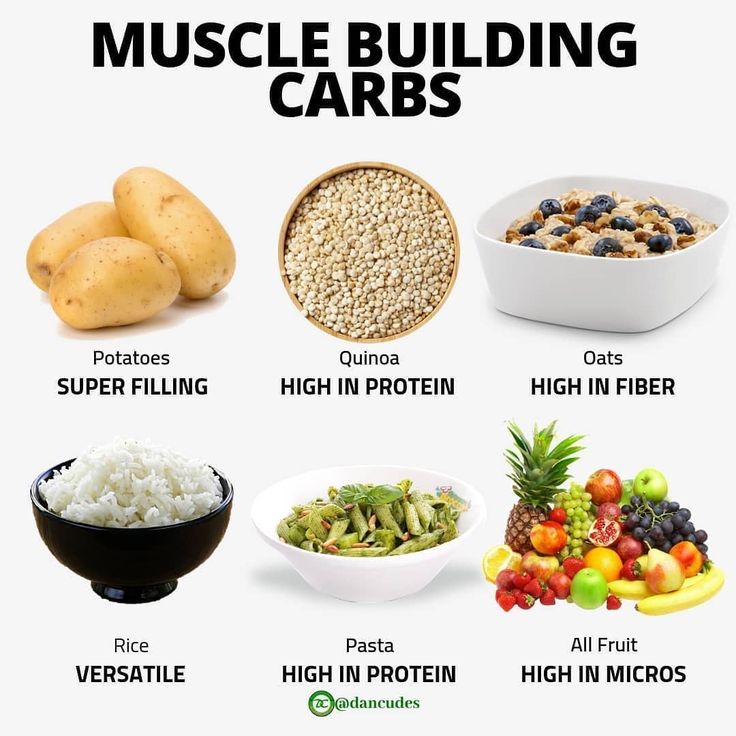← Go to the Diet Generator
View other
Find on Amazon
Percent calories from...
oz
| Nutrition Facts | |
|---|---|
| For a Serving Size of | |
| How many calories are in New Belgium Fat Tire Amber Ale, Bottle, 12 oz? Amount of calories in New Belgium Fat Tire Amber Ale, Bottle, 12 oz: Calories | Calories from Fat (%) |
| % Daily Value * | |
| How much fat is in New Belgium Fat Tire Amber Ale, Bottle, 12 oz? Amount of fat in New Belgium Fat Tire Amber Ale, Bottle, 12 oz: Total Fat | |
| How much sodium is in New Belgium Fat Tire Amber Ale, Bottle, 12 oz? Amount of sodium in New Belgium Fat Tire Amber Ale, Bottle, 12 oz: Sodium | |
| How many carbs are in New Belgium Fat Tire Amber Ale, Bottle, 12 oz? Amount of carbs in New Belgium Fat Tire Amber Ale, Bottle, 12 oz: Carbohydrates | |
| How many net carbs are in New Belgium Fat Tire Amber Ale, Bottle, 12 oz? Amount of net carbs in New Belgium Fat Tire Amber Ale, Bottle, 12 oz: Net carbs | |
| How much sugar is in New Belgium Fat Tire Amber Ale, Bottle, 12 oz? Amount of sugar in New Belgium Fat Tire Amber Ale, Bottle, 12 oz: Sugar | |
| How much fiber is in New Belgium Fat Tire Amber Ale, Bottle, 12 oz? Amount of fiber in New Belgium Fat Tire Amber Ale, Bottle, 12 oz: Fiber | |
| How much protein is in New Belgium Fat Tire Amber Ale, Bottle, 12 oz? Amount of protein in New Belgium Fat Tire Amber Ale, Bottle, 12 oz: Protein | |
| Vitamins and minerals | |
| Fatty acids | |
| Amino acids | |
| * The Percent Daily Values are based on a 2,000 calorie diet, so your values may change depending on your calorie needs. | |
Report a problem with this food
Find on Amazon
Percent calories from...
Note: Any items purchased after clicking our Amazon buttons will give us a little referral bonus. If you do click them, thank you!
If you're following a low-carb " + "diet, this is the number you should pay attention to.
← Go to the Diet Generator
View other
Find on Amazon
Percent calories from.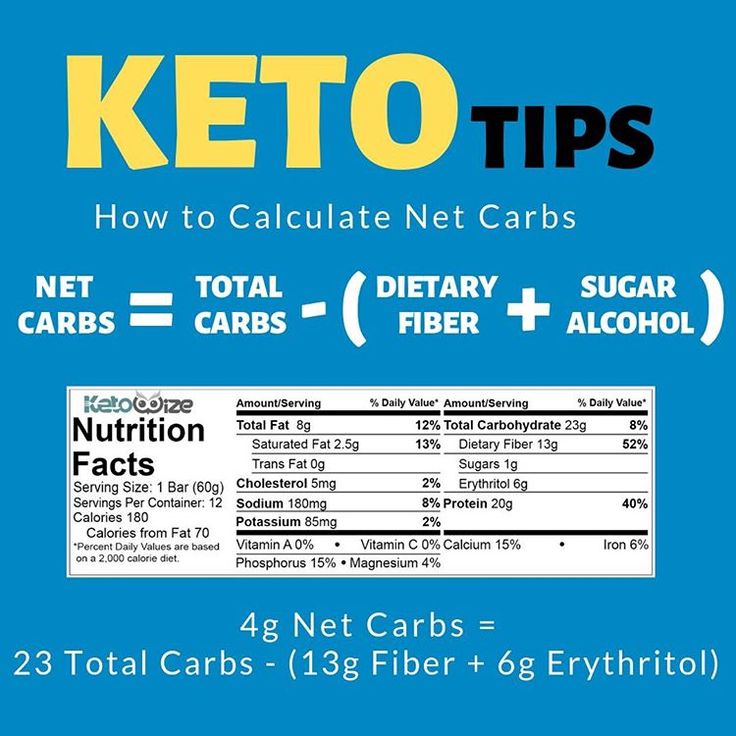 ..
..
bottle
| Nutrition Facts | |
|---|---|
| For a Serving Size of | |
| How many calories are in Fat Tire Ale? Amount of calories in Fat Tire Ale: Calories | Calories from Fat (%) |
| % Daily Value * | |
| How much fat is in Fat Tire Ale? Amount of fat in Fat Tire Ale: Total Fat | |
| How much sodium is in Fat Tire Ale? Amount of sodium in Fat Tire Ale: Sodium | |
| How many carbs are in Fat Tire Ale? Amount of carbs in Fat Tire Ale: Carbohydrates | |
| How many net carbs are in Fat Tire Ale? Amount of net carbs in Fat Tire Ale: Net carbs | |
| How much sugar is in Fat Tire Ale? Amount of sugar in Fat Tire Ale: Sugar | |
| How much fiber is in Fat Tire Ale? Amount of fiber in Fat Tire Ale: Fiber | |
| How much protein is in Fat Tire Ale? Amount of protein in Fat Tire Ale: Protein | |
| Vitamins and minerals | |
| How much Vitamin A is in Fat Tire Ale? Amount of Vitamin A in Fat Tire Ale: Vitamin A | |
| How much Vitamin C is in Fat Tire Ale? Amount of Vitamin C in Fat Tire Ale: Vitamin C | |
| How much Calcium is in Fat Tire Ale? Amount of Calcium in Fat Tire Ale: Calcium | |
| How much Iron is in Fat Tire Ale? Amount of Iron in Fat Tire Ale: Iron | |
| Fatty acids | |
| Amino acids | |
* The Percent Daily Values are based on a 2,000 calorie diet, so your values may change depending on your calorie needs.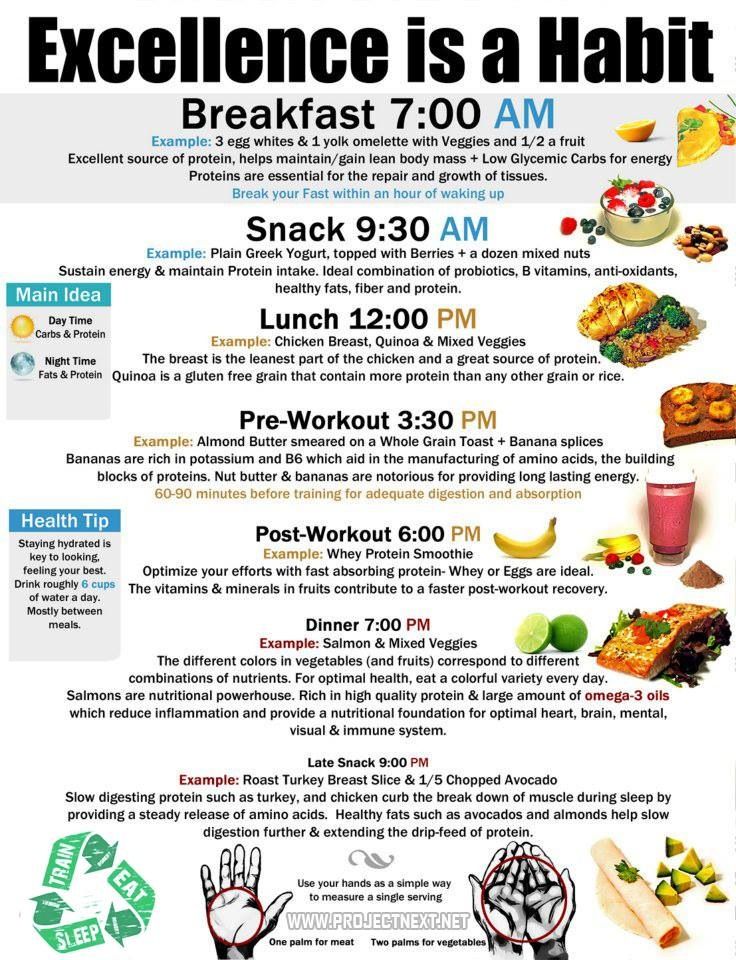 | |
Report a problem with this food
Find on Amazon
Percent calories from...
Note: Any items purchased after clicking our Amazon buttons will give us a little referral bonus. If you do click them, thank you!
If you're following a low-carb " + "diet, this is the number you should pay attention to.
Chemical composition and nutritional analysis
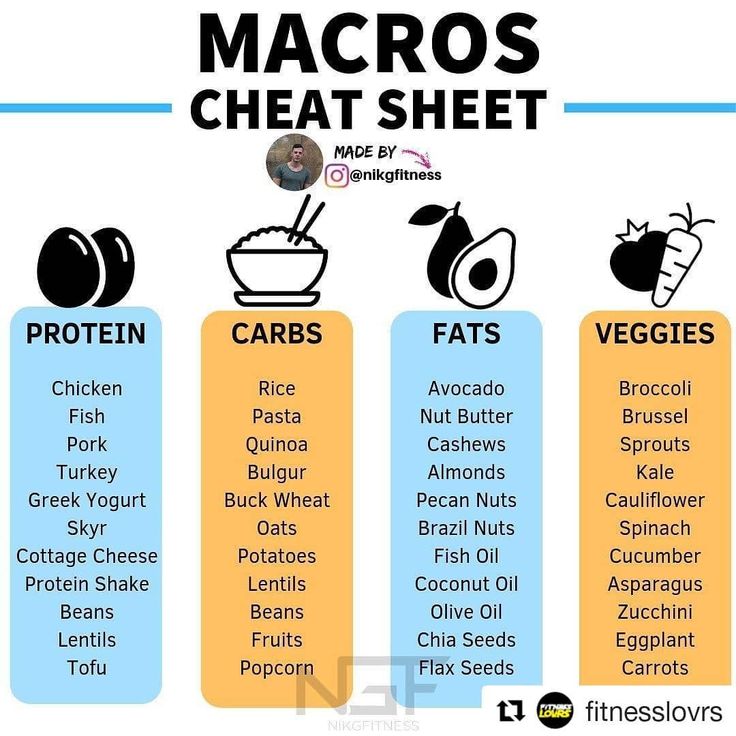
The table shows the content of nutrients (calories, proteins, fats, carbohydrates, vitamins and minerals) per 100 grams of the edible part.
| Nutrient | Number | Norm** | % of the norm in 100 g | % of the norm in 100 kcal | 100% normal |
| Calories | 491 kcal | 1684 kcal | 29.2% | 5.9% | 343 g |
| Proteins | 11.7 g | 76 g | 15.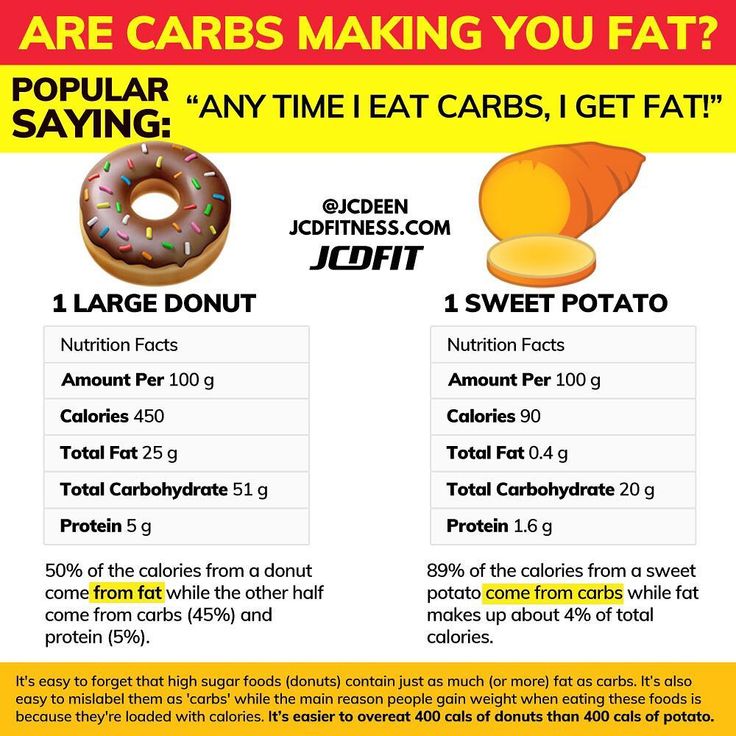 4% 4% | 3.1% | 650 g |
| Fats | 49.3 g | 56 g | 88% | 17.9% | 114 g |
| Water | 38.4 g | 2273 g | 1.7% | 0.3% | 5919 g |
| Ash | 0.6 g | ~ | |||
| Vitamins | |||||
| Vitamin B1, thiamine | 0.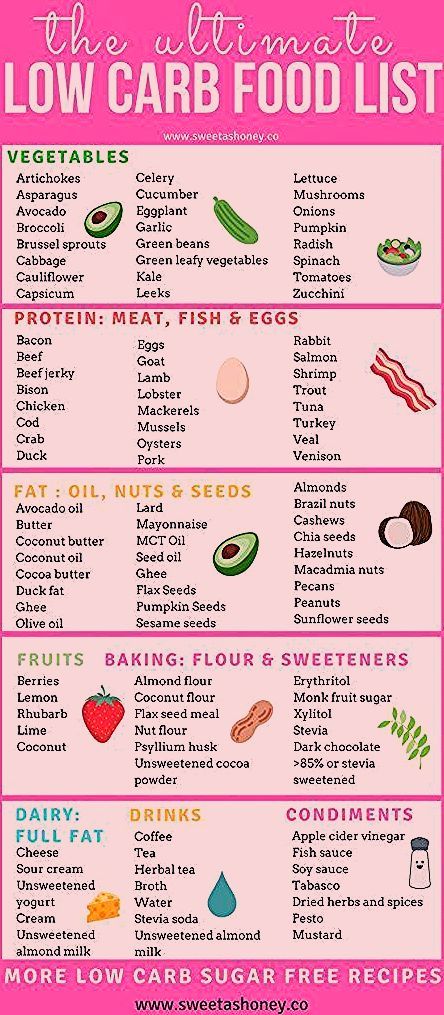 4 mg 4 mg | 1.5 mg | 26.7% | 5.4% | 375 g |
| Vitamin B2, riboflavin | 0.1 mg | 1.8 mg | 5.6% | 1.1% | 1800 g |
| Vitamin B5, pantothenic | 0.37 mg | 5 mg | 7.4% | 1.5% | 1351 g |
| Vitamin B6, pyridoxine | 0.3 mg | 2 mg | 15% | 3. 1% 1% | 667 g |
| Vitamin B9, folates | 3.1 mcg | 400 mcg | 0.8% | 0.2% | 12903 g |
| Vitamin E, alpha tocopherol, TE | 0.4 mg | 15 mg | 2.7% | 0.5% | 3750 g |
| Vitamin PP, NE | 4.8 mg | 20 mg | 24% | 4.9% | 417 g |
| Niacin | 2.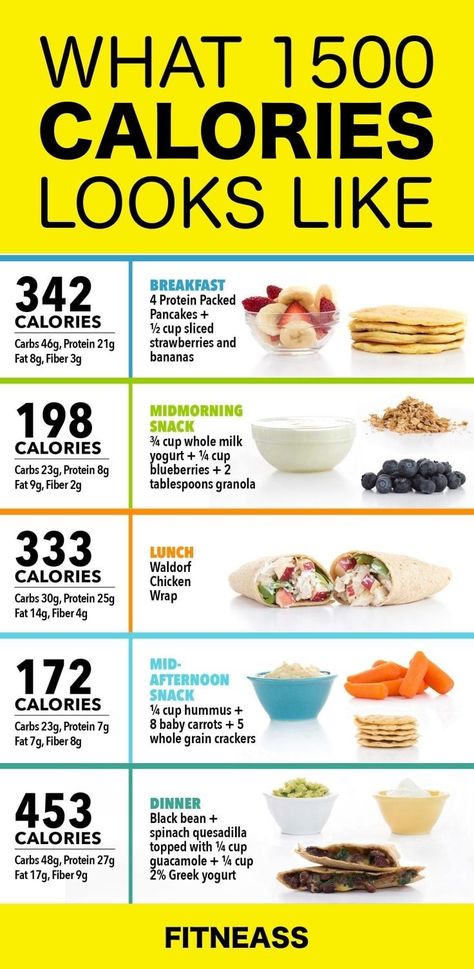 2 mg 2 mg | ~ | |||
| Macronutrients | |||||
| Potassium, K | 230 mg | 2500 mg | 9.2% | 1.9% | 1087 g |
| Calcium Ca | 6 mg | 1000 mg | 0.6% | 0. 1% 1% | 16667 |
| Magnesium, Mg | 20 mg | 400 mg | 5% | 1% | 2000 |
| Sodium, Na | 47 mg | 1300 mg | 3.6% | 0.7% | 2766 |
| Sulfur, S | 220 mg | 1000 mg | 22% | 4.5% | 455 g |
| Phosphorus, P | 130 mg | 800 mg | 16.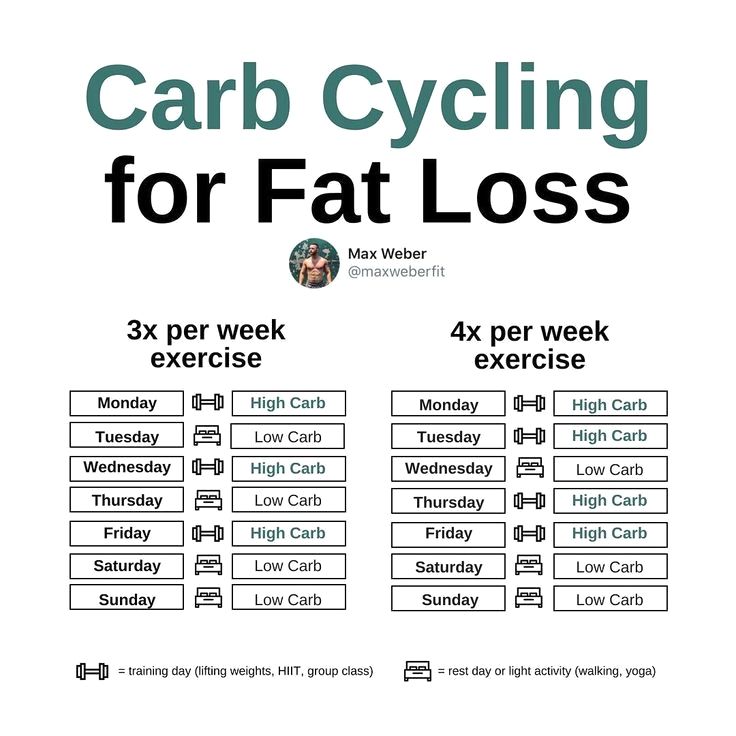 3% 3% | 3.3% | 615 g |
| Chlorine, Cl | 48.6 mg | 2300 mg | 2.1% | 0.4% | 4733 g |
| Trace elements | |||||
| Iron, Fe | 1.4 mg | 18 mg | 7.8% | 1.6% | 1286 g |
| Iodine, I | 6. 6 mcg 6 mcg | 150 mcg | 4.4% | 0.9% | 2273 g |
| Cobalt, Co | 8 mcg | 10 mcg | 80% | 16.3% | 125 g |
| Manganese, Mn | 0.028 mg | 2 mg | 1.4% | 0.3% | 7143 g |
| Copper, Cu | 96 mcg | 1000 mcg | 9.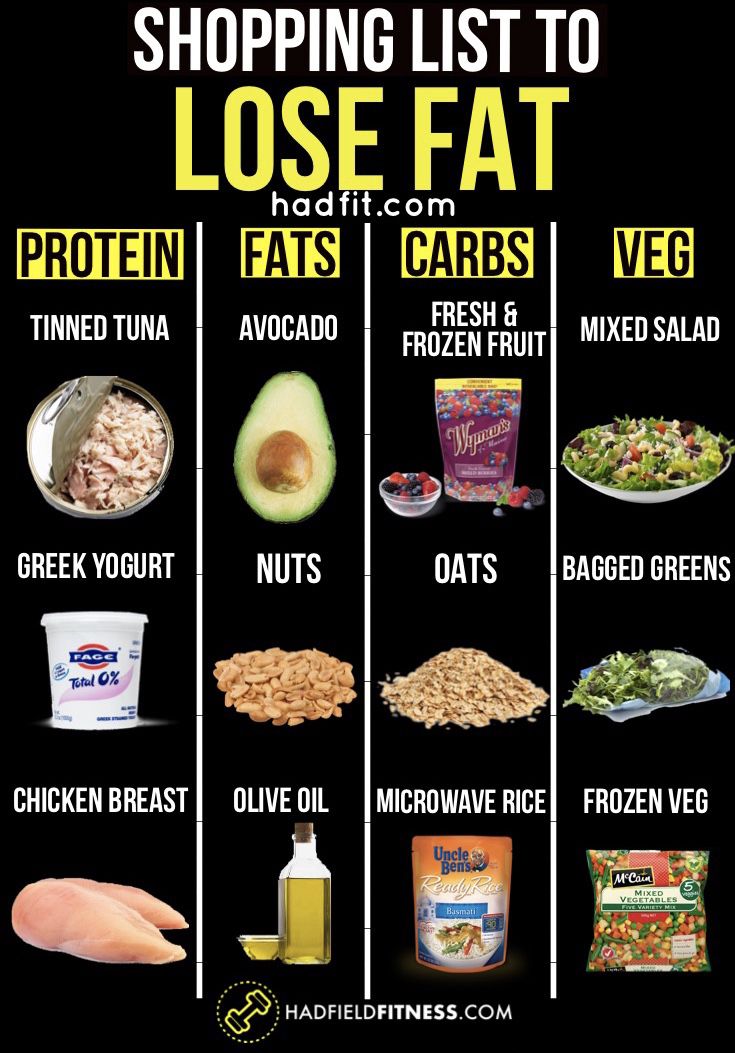 6% 6% | 2% | 1042 g |
| Molybdenum, Mo | 13 mcg | 70 mcg | 18.6% | 3.8% | 538 g |
| Nickel, Ni | 12.3 mcg | ~ | |||
| Tin, Sn | 30 mcg | ~ | |||
| Fluorine, F | 69.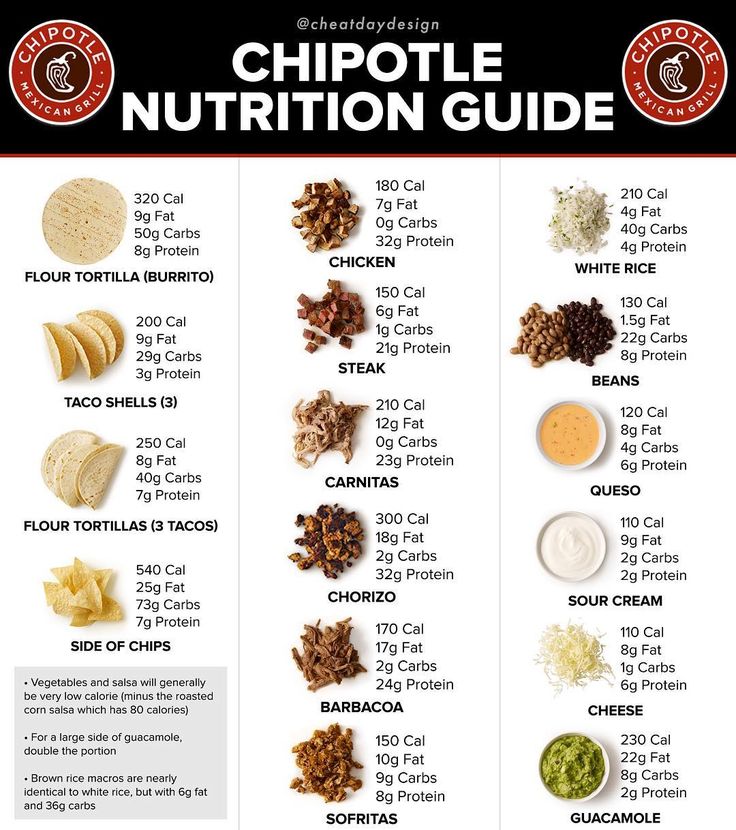 3 mcg 3 mcg | 4000 mcg | 1.7% | 0.3% | 5772 g |
| Chrome, Cr | 13.5 mcg | 50 mcg | 27% | 5.5% | 370 g |
| Zinc, Zn | 2.07 mg | 12 mg | 17.3% | 3.5% | 580 g |
| Essential amino acids | |||||
| Arginine* | 0. 72 g 72 g | ~ | |||
| Valine | 0.64 g | ~ | |||
| Histidine* | 0.47 g | ~ | |||
| Isoleucine | 0.58 g | ~ | |||
| Leucine | 0. 95 g 95 g | ~ | |||
| Lysine | 0.96 g | ~ | |||
| Methionine | 0.29 g | ~ | |||
| Methionine + Cysteine | 0.42 g | ~ | |||
| Threonine | 0.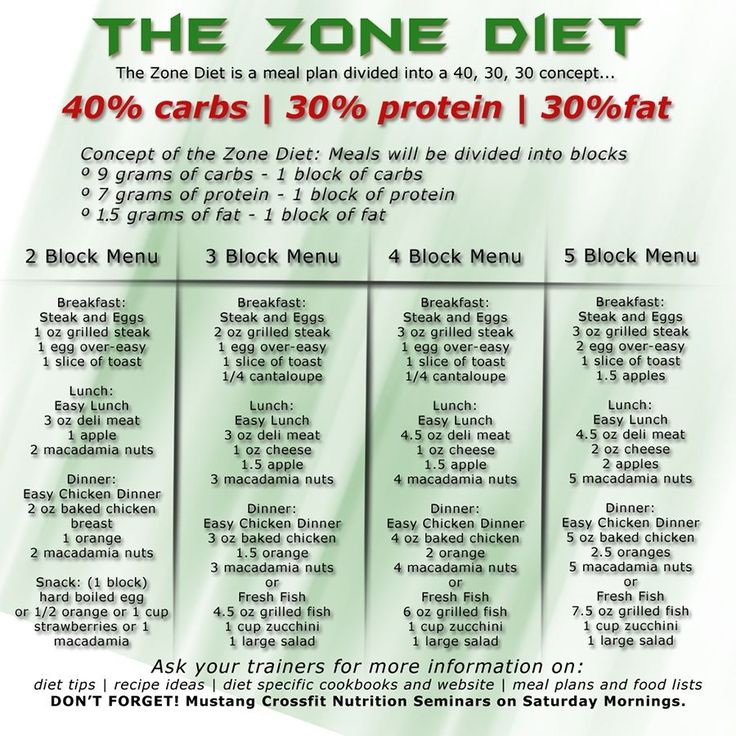 57 g 57 g | ~ | |||
| Tryptophan | 0.15 g | ~ | |||
| Phenylalanine | 0.47 g | ~ | |||
| Phenylalanine + Tyrosine | 0.88 g | ~ | |||
| Non-essential amino acids | |||||
| Alanine | 0.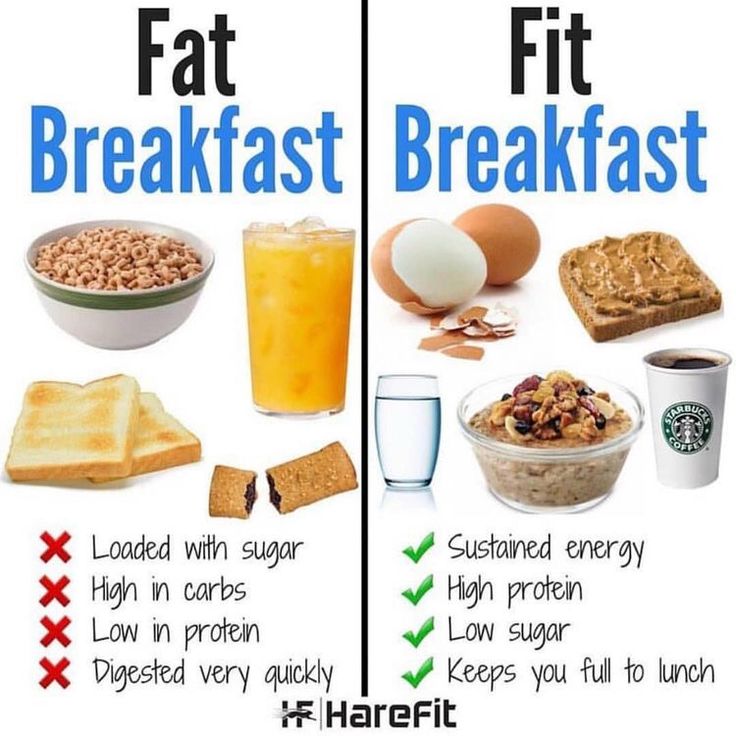 64 g 64 g | ~ | |||
| Aspartic acid | 1.02 g | ~ | |||
| Hydroxyproline | 0.15 g | ~ | |||
| Glycine | 0.57 g | ~ | |||
| Glutamic acid | 1.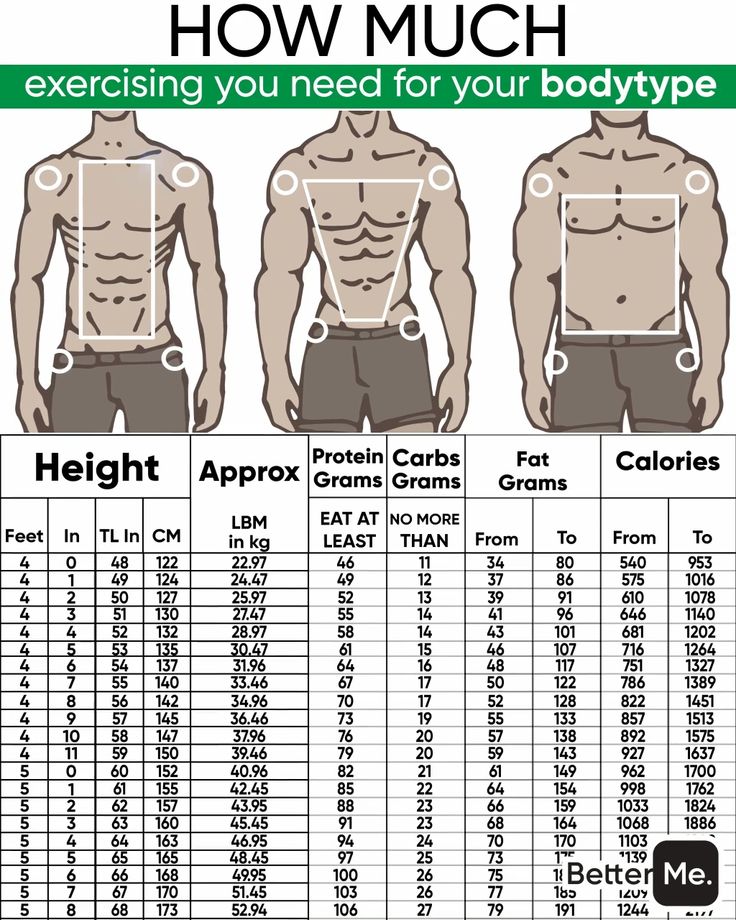 75 g 75 g | ~ | |||
| Proline | 0.69 g | ~ | |||
| Serine | 0.5 g | ~ | |||
| Tyrosine | 0.42 g | ~ | |||
| Cysteine | 0. 14 g 14 g | ~ | |||
| Sterols (sterols) | |||||
| Cholesterol | 70 mg | max 300 mg | |||
| Saturated fatty acids | |||||
| Saturated fatty acids | 17. 1 g 1 g | max 18.7 g | |||
| 14:0 Myristic | 0.62 g | ~ | |||
| 15:0 Pentadecanoic | 0.03 g | ~ | |||
| 16:0 Palmitic | 10.58 g | ~ | |||
| 17:0 Margarine | 0.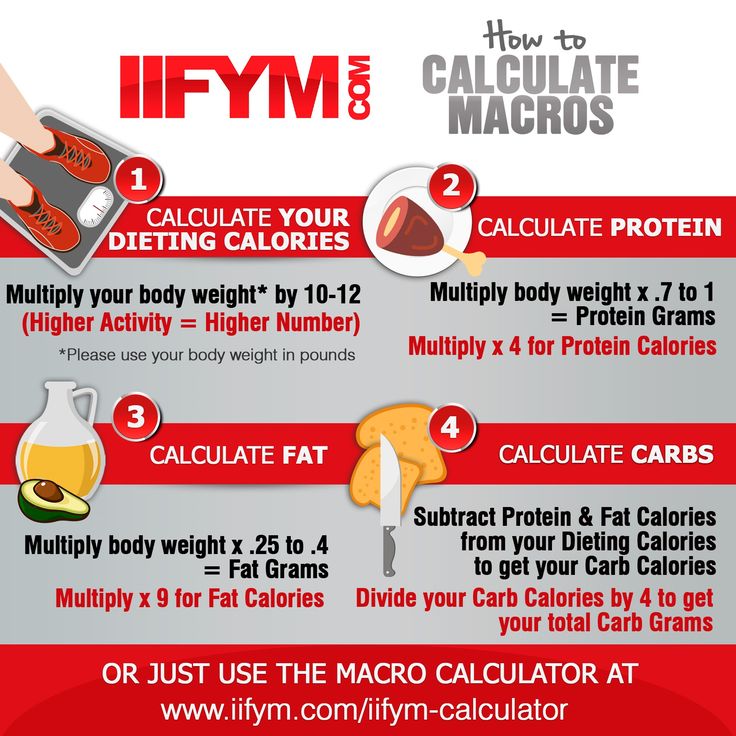 17 g 17 g | ~ | |||
| 18:0 Stearic | 5.61 g | ~ | |||
| Monounsaturated fatty acids | 22.01 | min 16.8 g | 131% | 26.7% | |
| 14:1 Myristoleic | 0.01 g | ~ | |||
| 16:1 Palmitoleic | 1.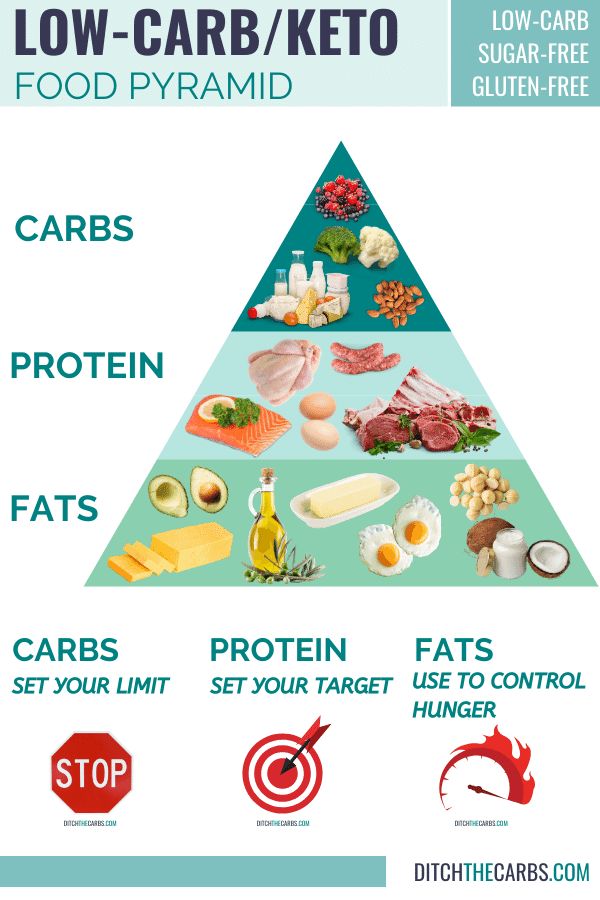 6 g 6 g | ~ | |||
| 18:1 Oleic (omega-9) | 19.81 g | ~ | |||
| Polyunsaturated fatty acids | 5.29 g | 11.2 to 20.6 g | 47.2% | 9.6% | |
| 18:2 Linoleic | 4.78 g | ~ | |||
| 18:3 Linolenic | 0.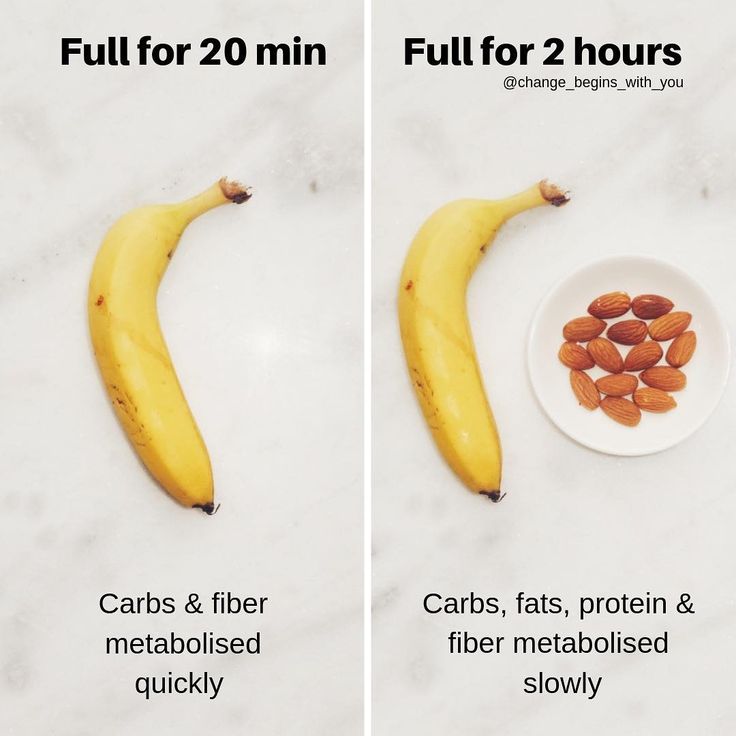 32 g 32 g | ~ | |||
| 20:4 Arachidonic | 0.19 g | ~ | |||
| Omega-3 fatty acids | 0.32 g | 0.9 to 3.7 g | 35.6% | 7.3% | |
| Omega-6 fatty acids | 4.97 g | 4.7 to 16.8 g | 100% | 20. 4% 4% |
Energy value Fat pork is 491 kcal.
Main source: Skurikhin I.M. etc. Chemical composition of foodstuffs. More.
** This table shows the average norms of vitamins and minerals for an adult. If you want to know the norms based on your gender, age and other factors, then use the application "My Healthy Diet"
Nutritional value per 100 g
| Content per serving | % of RSP | ||
| Calories | 491 kcal | -% | |
| Proteins | 11.7 g | -% | |
| Fats | 49. 3 g 3 g | -% | |
| Carbohydrates | 0 g | -% | |
| Dietary fiber | 0 g | -% | |
| Water | 38.4 g | -% | |
Go to the food diary
Vitamins and minerals
Most foods cannot contain the full range of vitamins and minerals. Therefore, it is important to eat a variety of foods to meet the body's needs for vitamins and minerals.
Find out the content of vitamins and minerals in your menu
The ratio of proteins, fats and carbohydrates:
Find out your energy balance for the whole day
Knowing the contribution of proteins, fats and carbohydrates to caloric content, you can understand how a product or diet meets the standards of a healthy diet or the requirements of a particular diet.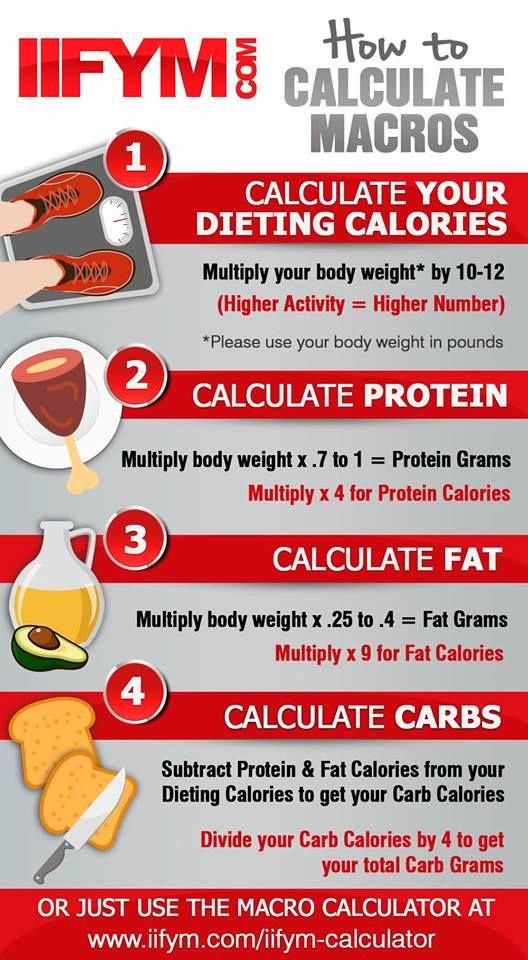 For example, the US and Russian Departments of Health recommend 10-12% of calories from protein, 30% from fat, and 58-60% from carbohydrates. The Atkins diet recommends low carbohydrate intake, although other diets focus on low fat intake.
For example, the US and Russian Departments of Health recommend 10-12% of calories from protein, 30% from fat, and 58-60% from carbohydrates. The Atkins diet recommends low carbohydrate intake, although other diets focus on low fat intake.
Calculate your norms
If more energy is expended than is supplied, then the body begins to use fat reserves, and body weight decreases.
Get recommendations
Get more information and make it happen with our free online course.
Learn online weight loss course
Try filling out a food diary right now without registering.
Complete the food diary
Find out your additional calorie expenditure for training and get detailed recommendations absolutely free.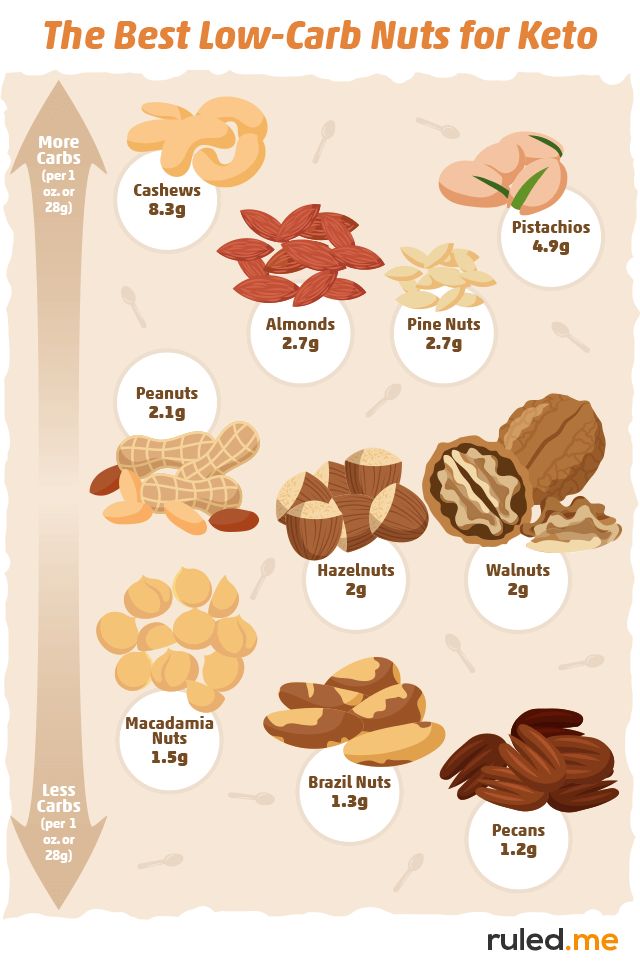
Fill in the training diary
Deadline for achieving the goal
Fatty pork is rich in such vitamins and minerals as: vitamin B1 - 26.7%, vitamin B6 - 15%, vitamin PP - 24%, phosphorus - 16.3%, cobalt - 80%, molybdenum - 18.6%, chromium - 27%, zinc - 17.3%
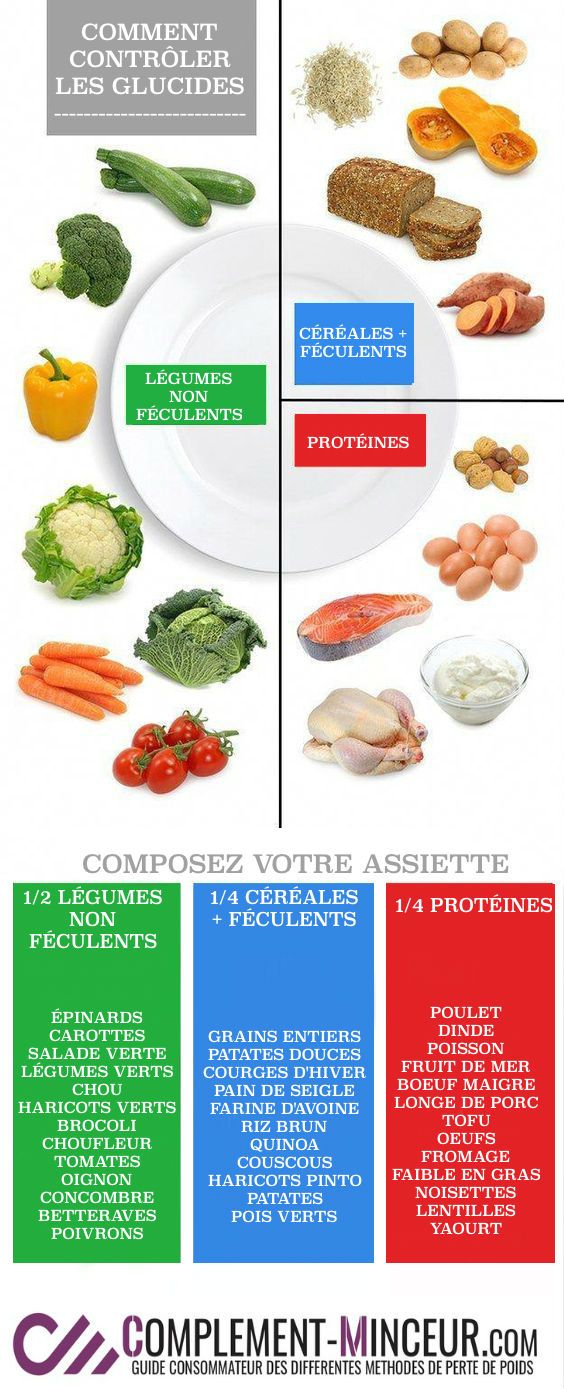 Insufficient intake of vitamin B6 is accompanied by a decrease in appetite, a violation of the condition of the skin, the development of homocysteinemia, anemia.
Insufficient intake of vitamin B6 is accompanied by a decrease in appetite, a violation of the condition of the skin, the development of homocysteinemia, anemia. 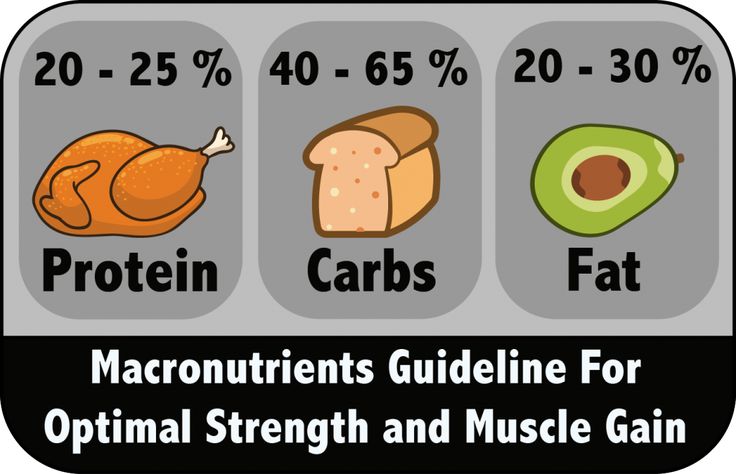 Deficiency leads to decreased glucose tolerance.
Deficiency leads to decreased glucose tolerance. You can find a complete guide to the healthiest foods in the My Healthy Diet app.
Calorie content and chemical composition of other products
Tags: Pork Fat
Caloric 491 kcal, chemical composition, nutritional value, vitality. fatty, calories, nutrients, beneficial properties
Energy value, or calorie content is the amount of energy released in the human body from food during digestion. The energy value of the product is measured in kilo-calories (kcal) or kilo-joules (kJ) per 100 grams. product. The kilocalorie, which is used to measure the energy content of food, is also known as the "food calorie", so the prefix kilo is often omitted when referring to calories in (kilo)calories. You can see detailed energy value tables for Russian products Here.
You can see detailed energy value tables for Russian products Here.
Nutritional value - content of carbohydrates, fats and proteins in the product.
Nutritional value of a food product - a set of properties of a food product, in the presence of which the physiological needs of a person in the necessary substances and energy are satisfied.
Vitamins , organic substances needed in small amounts in the diet of both humans and most vertebrates. The synthesis of vitamins is usually carried out by plants, not animals. The daily human need for vitamins is only a few milligrams or micrograms. Unlike inorganic substances, vitamins are destroyed by strong heating. Many vitamins are unstable and "lost" during cooking or food processing.
Calculators
A healthy and balanced diet is the basis of both a beautiful figure and good health. An effective assistant is the calculation of the ratio of calories and main nutrients in the diet: proteins, fats and carbohydrates (abbreviation KBJU is used for short designation). Nutrients are the most important "building materials" of our body, the ratio of which determines the amount of energy received from food, as well as the quality of assimilation of all useful trace elements.
An effective assistant is the calculation of the ratio of calories and main nutrients in the diet: proteins, fats and carbohydrates (abbreviation KBJU is used for short designation). Nutrients are the most important "building materials" of our body, the ratio of which determines the amount of energy received from food, as well as the quality of assimilation of all useful trace elements.
Why this calculation is so important, we will tell you in this article, reading which will take you a minimum of time, but will help you to make a diet that your body needs.
Proteins, fats, carbohydrates: why are they important for our body and what is their connection with calories?
Proteins, fats and carbohydrates have a certain energy value, which is measured in calories. Each person has an individual norm of the required amount of such energy, depending on physical indicators and load. Thus, it is important to know the chemical composition of food and calculate the required amount of nutrients: both for a healthy ratio in the body, and to obtain the required amount of energy (calories).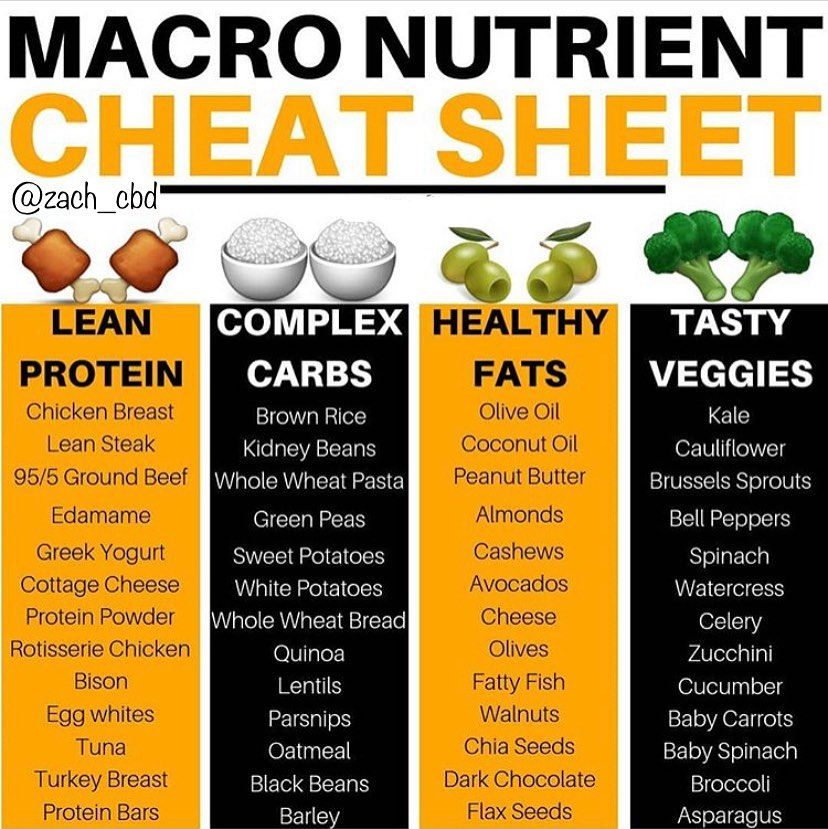
Let's take a closer look at what proteins, fats and carbohydrates are.
Proteins are the main building material, without which the growth of muscles and tissues in general is impossible. They are of two types depending on the origin: animal - meat, poultry, fish, milk, cottage cheese and eggs; vegetable: mushrooms, rye, oatmeal, walnuts, lentils, beans, soybeans, seaweed.
Main functions of proteins:
Fats are a key component of nutrition, without which normal metabolism is out of the question.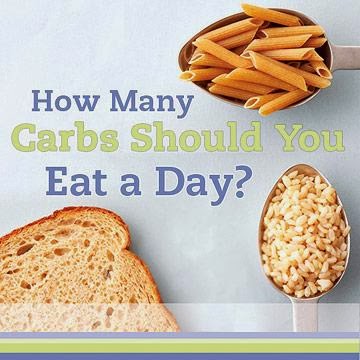 They are the main suppliers of energy during periods of food shortage and illness, when the body receives a small amount of nutrients or does not receive them at all. At the same time, unlike protein, it is better to use vegetable fats.
They are the main suppliers of energy during periods of food shortage and illness, when the body receives a small amount of nutrients or does not receive them at all. At the same time, unlike protein, it is better to use vegetable fats.
The main functions of fats:
Carbohydrates are the main source of energy for people. They are divided into simple and complex. Complex ones can be found in cereals, vegetables, and unsweetened fruits. Simple found in sweets, flour products, sweet fruits, dried fruits, refined foods
Simple found in sweets, flour products, sweet fruits, dried fruits, refined foods
The main functions of carbohydrates:
But in order for BJU to perform its functions, they must enter the body in the right proportions. We propose to consider the consequences of the deficit and surplus of each element.
An excess of protein in the body can cause disturbances in the functioning of the gastrointestinal tract and an imbalance in the intestinal microflora. Also, protein surplus increases the load on the kidneys, which can provoke a number of unpleasant diseases.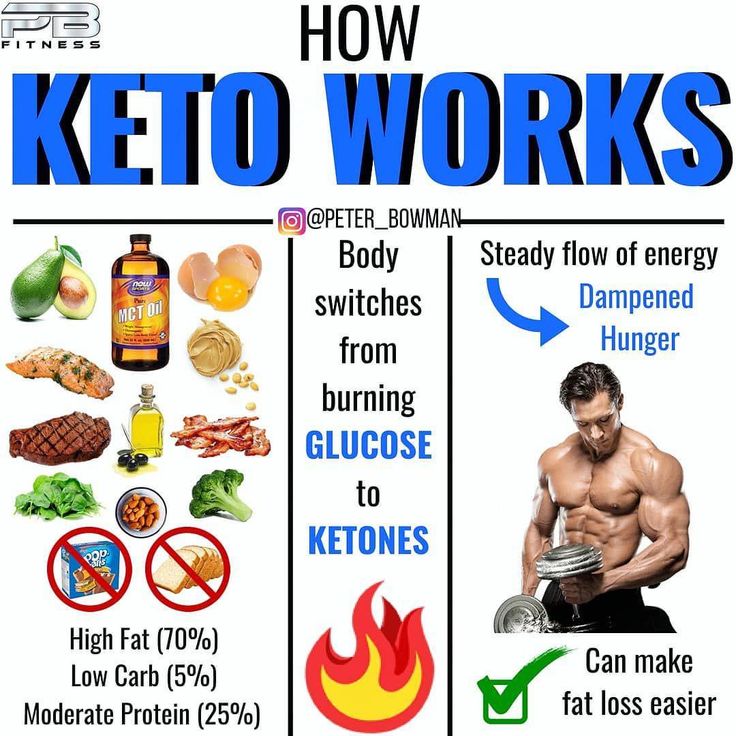 And a lack of protein can affect the composition of your blood and lead to such serious problems as iron deficiency or other equally unpleasant consequences.
And a lack of protein can affect the composition of your blood and lead to such serious problems as iron deficiency or other equally unpleasant consequences.
With a lack of fat in the diet, dry skin, itching, and painful sensations in the joints may appear. In addition, it can affect your psycho-emotional state - increased irritability, problems with concentration, memory impairment. Excess fat also leads to disastrous consequences - they accumulate in the blood, liver and other organs, increasing the risk of vascular thrombosis.
An excess of carbohydrates in the diet can increase the risk of developing diabetes and contribute to being overweight. And with a deficiency, the load on the kidneys increases, and the “acidification” of the gastrointestinal tract also occurs, which leads to the burning of fats and proteins.
Benefits of counting KBJU
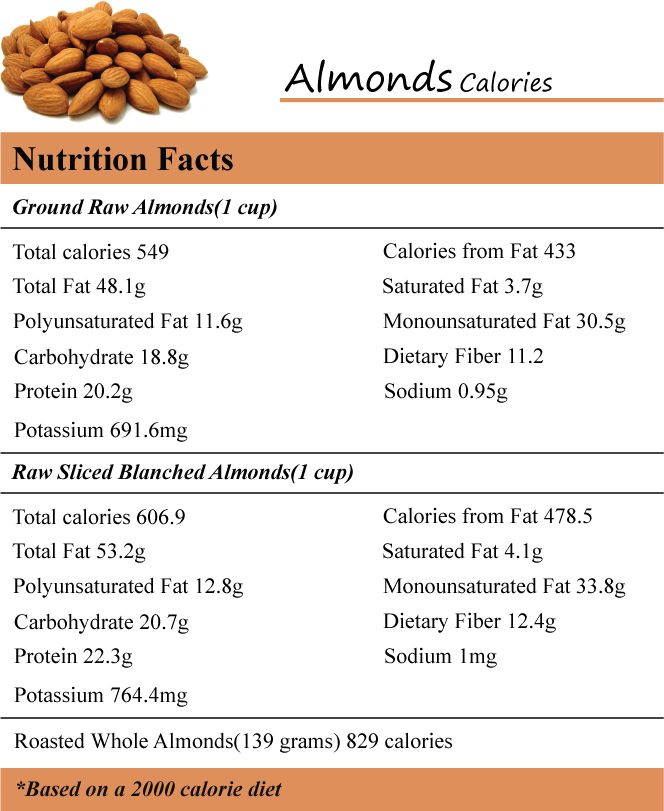
Negative consequences of unbalanced nutrition
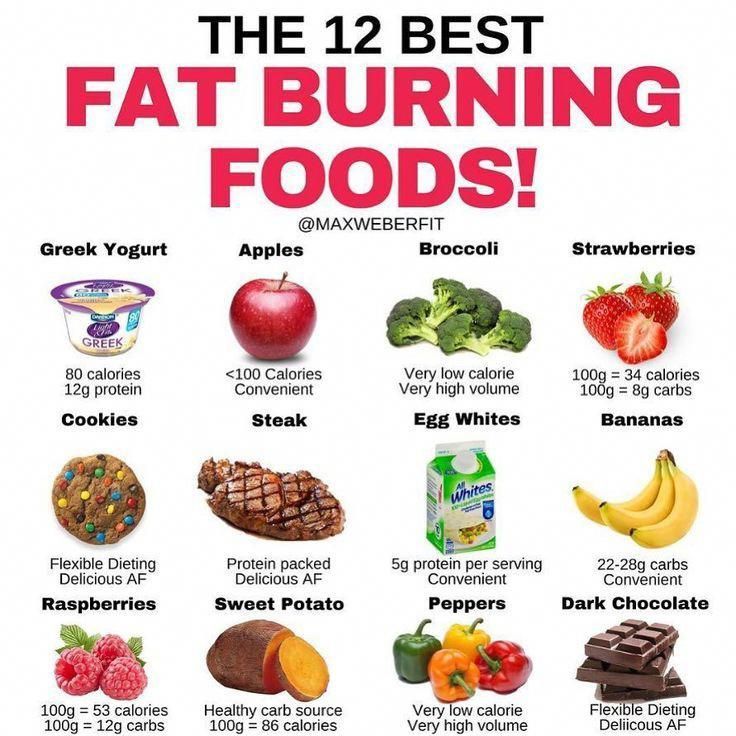
How to calculate the required proportion of KBJU?
Step 1. Determine your daily calorie intake.
You can calculate it yourself using the well-known and proven Mifflin-St. Geor formula or online calculators.
If you still don’t trust calculators, then the formula looks like this:
The formula also takes into account physical activity, based on which the resulting figure is multiplied by a certain coefficient :
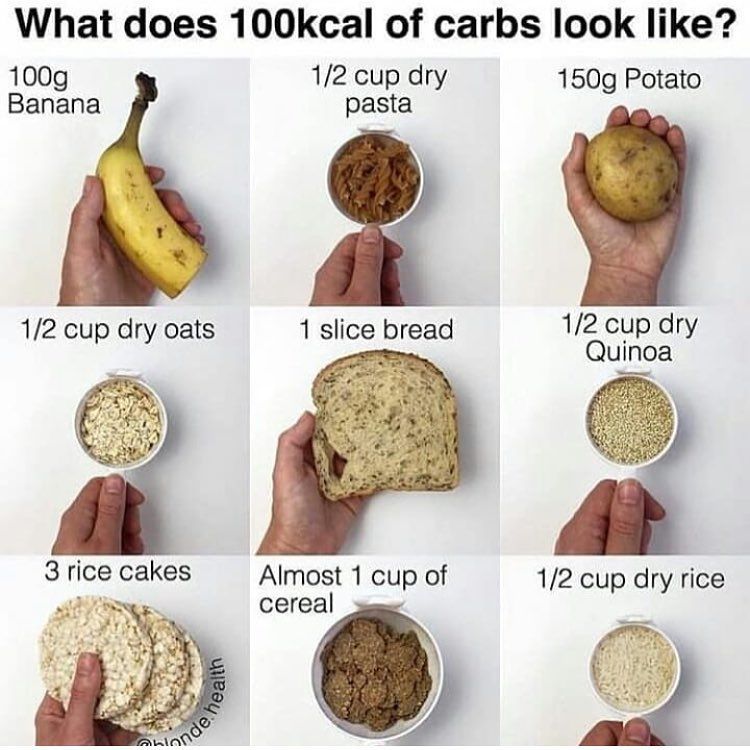 725 - if you fully train 6-7 times a week
725 - if you fully train 6-7 times a week Step 2. Determine the recommended ratio of proteins, fats and carbohydrates.
The standard daily amount of nutrients (USDA guidelines) for a 2000 kcal diet is 91 grams of protein, 65 grams of fat and 271 grams of carbohydrates. Their basic ratio in the same order for a balanced type of metabolism:
For representatives of different sexes and people with specific goals (lose weight, build muscle, and so on), the norm is adjusted.
For women:
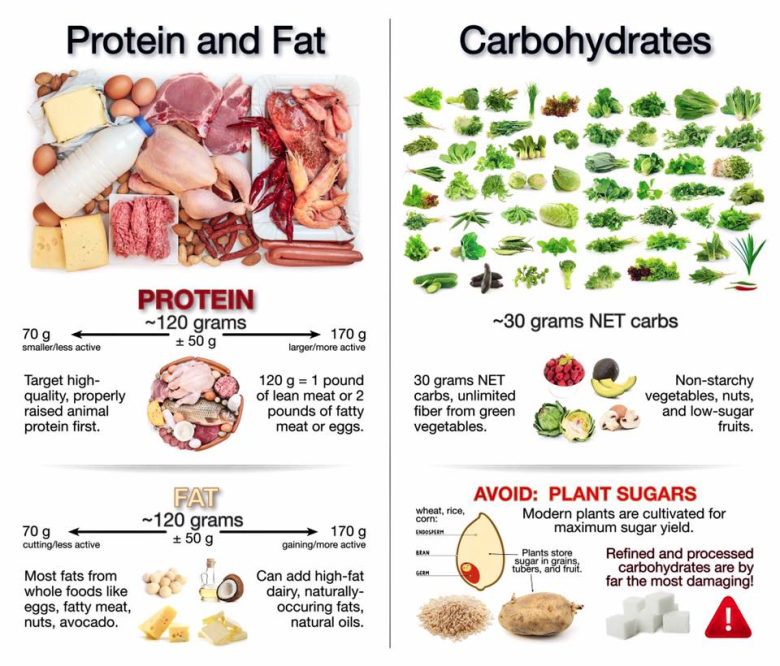 7-2.3-3
7-2.3-3 For men:
Step 3. Calculate how many proteins, fats and carbohydrates should be in the diet, depending on the calorie intake.
For example, your daily allowance is 1700 kcal. To calculate BJU, we use the following formulas:
Where did the numbers for the calculations come from:
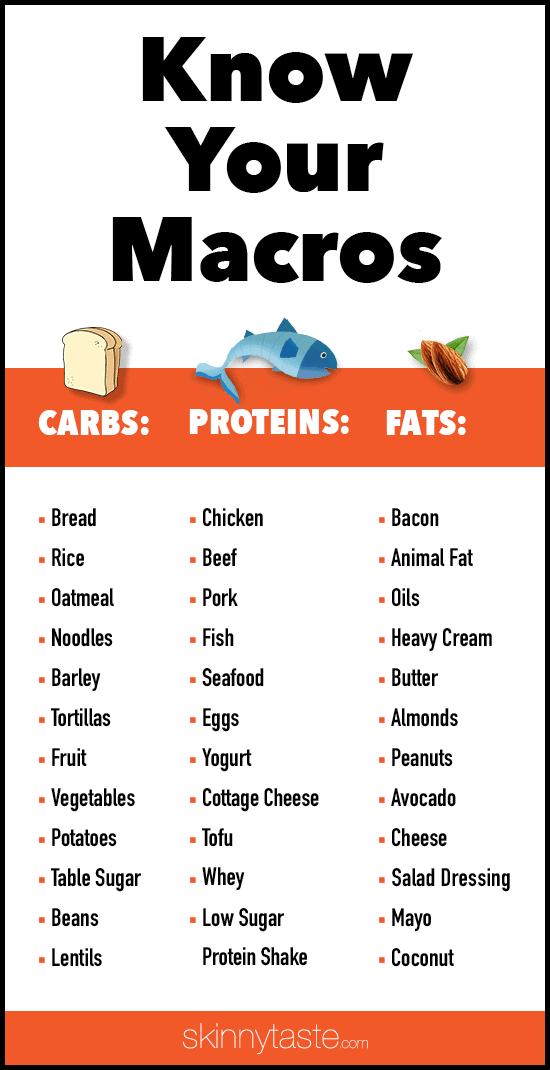
Step 4. Determine the proportion of BJU in products
170 carbs.
And here is the most difficult step - how to find out the KBJU of each product, and even more so ready meals? We agree that this is a rather difficult and painstaking process.
Here are our tips on how you can determine KBJU values in products:
Calculation examples KBJU
You have decided to eat 150 g of cottage cheese with 3.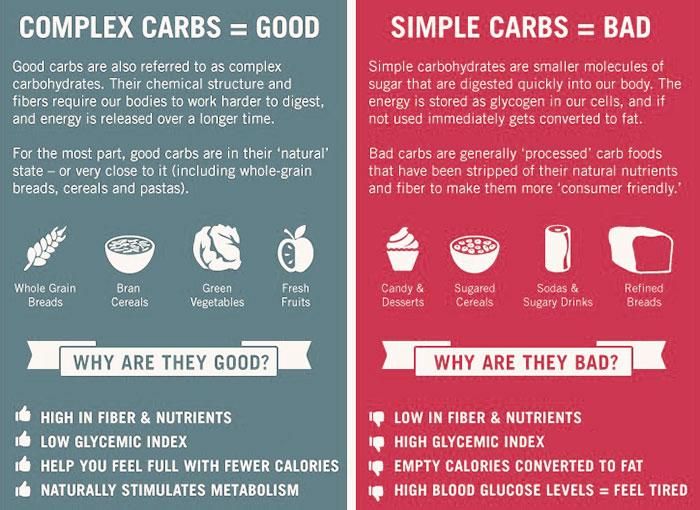 8% fat. Let's check how much KBJU you use in this case.
8% fat. Let's check how much KBJU you use in this case.
For example, KBJU 100 g cottage cheese 3.8% fat is as follows:
Let's move on to a more complicated example - to the finished dish. We have a wonderful recipe for apple charlotte. Let's see what proportions of KBJU are in this dessert.
According to our recipe it is:
 You can find these indicators for each product on the Internet.
You can find these indicators for each product on the Internet. | Weight | Proteins | Fats | Carbon water | Kcal | |
| Sugar | 150 g | 0 g | 0 g | 159.52 g | 636 kcal |
| Eggs | 220 g | 27.94 g | 23.98 g | 1.54 g | 345 kcal |
| Flour | 130 g | 11.96 g | 1.56 g | 97.37 g | 445 kcal |
| Apples | 1 kg | 4.00 g | 4.00 | 98.00 g | 470 kcal |
